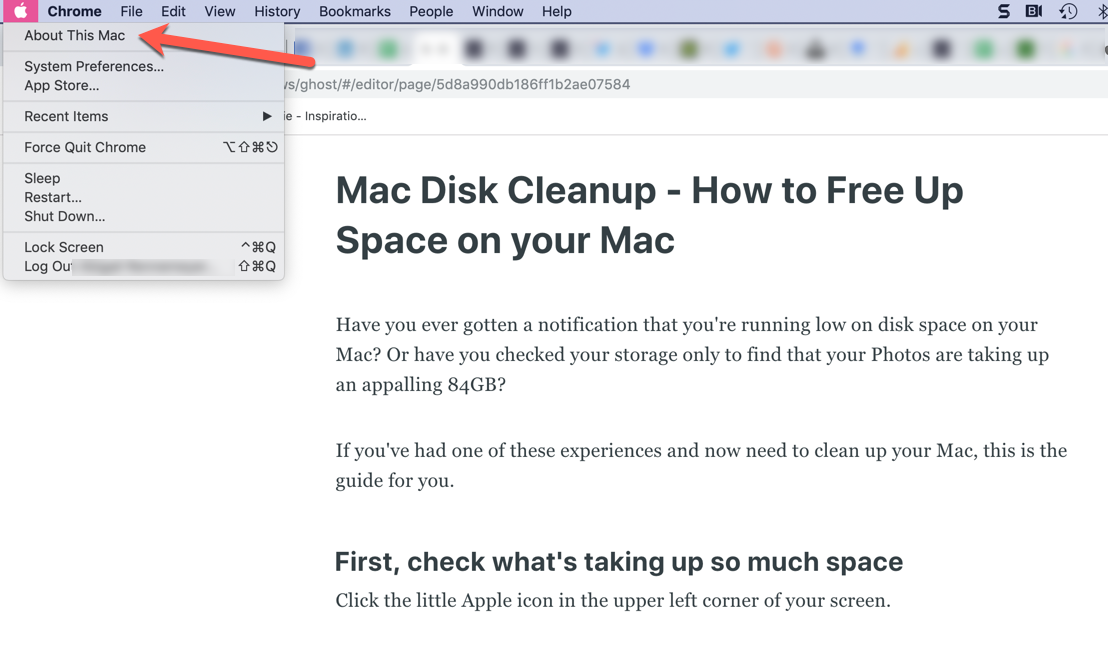

DISK CLEANER MAC CREATE SPACE HOW TO
See How to reinstall macOS from macOS Recovery.

On the expected results I don't anticipate that this single file will be the sole contributor to the purgeable data (assuming the cloud drive is off etc.), but it did clean up about 95% of the purgeable data I had. Note: the symbol file will be created again, this appears to be normal, but you should be able to better manage the size it consumes if it becomes too large. ~/Documents/SymbolDataDelete), reboot the machine and then delete the file. The gist of it is to move (as sudo) the file to somewhere in your home directory (e.g.

Removal of the file would need to be done with sudo, details are provided in the Q&A post. Follow on the Q&A linked above, it does seem safe enough to delete, this file. To get an idea of the size of the file, you can run ls as the sudo user sudo ls -la /System/Library/Caches//dataĪ search for the file provides a few links to queries on its size, such as this Q&A here.ĭetails on the file itself are scarce, but it seems related to symbol lookup for crashed and problematic processes as is evidence in this linked Q&A, with more information this post. This particular file can grow quite large, and once removed reduces the purgeable data size /System/Library/Caches//data There seems to currently be no way of getting a list of what the OS considers purgeable files in order to delete them, but there are some candidates to consider, such as cached files. The system will self correct if you can bring the data over in two pieces in your case, or in n-pieces in the general case.
DISK CLEANER MAC CREATE SPACE FULL
The main problem is that “purgeable” space is not one monolithic item - it is potentially local time machine or filesystem snapshots, cached data, derived data, iCloud photos at full resolution that will be downsampled as you start to get closer to no free space available.

In your case, you already have the file you want to copy, so you could split it into 50 GB chunks and copy one chunk over. Then, you just need to delete the files, obviously. This command takes a long time to allocate the memory, you can also stop it when it's 5~10GB and duplicate the file Command D to create copies and speed up the process. Or you can simply let it run until you are out of space in the disk and things start to stop working. It will create a file called hugefile in your home folder, which you can check the size with Get Info and stop when it's big enough for you, using Control C. Do do so, type this command in a terminal: dd if=/dev/zero of=~/hugefile bs=15m You can create a huge file that will force macOS to clean purgeable files to free you space.


 0 kommentar(er)
0 kommentar(er)
